In this collection of long exposure photographs you can see some great examples of how you can use this technique to produce stunning images.

By Stewart Ayrey
I teach a night photography class and many times I’ve seen a whole new world of exciting things open up for my students when they learn about long exposures. Of course you can use this technique in the daytime as well, but it is often associated with night photography. On a weekend workshop I lead we go out and photograph the sunset and I MAKE them use tripods, amid much grumbling. Then after the sun goes down they start to pack up and head back to our hotel. I tell them to keep shooting. Many times I’ve been told “I didn’t know you could take photos in such dim light”. Then we get out the flashlights and do some light painting and the magic begins.
To see some of the top articles on night photography on dPS in 2014, head over here.
Weekly photography challenge – long exposures
Have you tried any long exposure photography before? If not, now is the time. You will need a good, sturdy tripod and ideally a remote trigger to fire the camera (reducing camera shake). Here are a few long exposure images to give you some ideas on what you can do:

By Mike

By Kostas Kokkinos

By José Miguel

By Duane Schoon

By Howard Ignatius

By Bill Devlin

By Abi Booth

By Trey Ratcliff

By William Cho

By José Miguel

By jason

By Dave Wilson

By Nicholas Chai
Note: please take note if you are going to attempt doing fire spinning with steel wool, please make sure you read about safety and do so at your own risk. IT IS dangerous and can result in fire or injury if precautions are not taken.
Okay it’s your turn – go! Show us what you can come up with. Get creative.
Share your long exposure images here:
Simply upload your shot into the comment field (look for the little camera icon in the Disqus comments section) and they’ll get embedded for us all to see or if you’d prefer upload them to your favourite photo sharing site and leave the link to them. Show me your best images in this week’s challenge. Sometimes it takes a while for an image to appear so be patient and try not to post the same image twice.
googletag.cmd.push(function() {
tablet_slots.push( googletag.defineSlot( “/1005424/_dPSv4_tab-all-article-bottom_(300×250)”, [300, 250], “pb-ad-78623” ).addService( googletag.pubads() ) ); } );
googletag.cmd.push(function() {
mobile_slots.push( googletag.defineSlot( “/1005424/_dPSv4_mob-all-article-bottom_(300×250)”, [300, 250], “pb-ad-78158” ).addService( googletag.pubads() ) ); } );
The post Weekly Photography Challenge – Long Exposures by Darlene Hildebrandt appeared first on Digital Photography School.








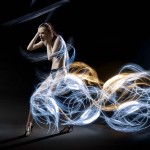
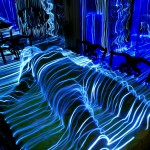
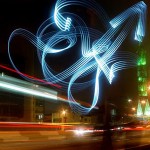




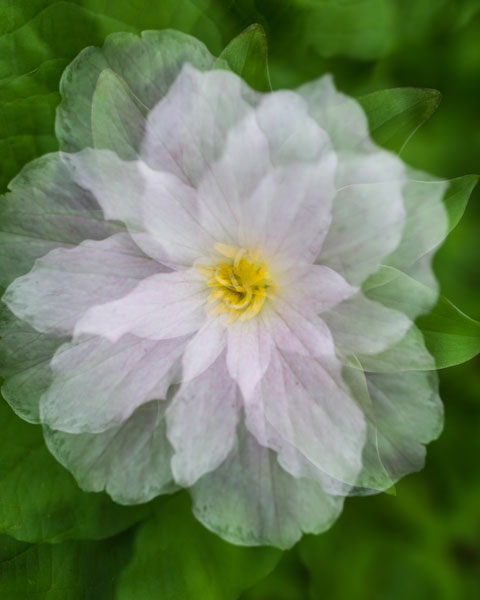





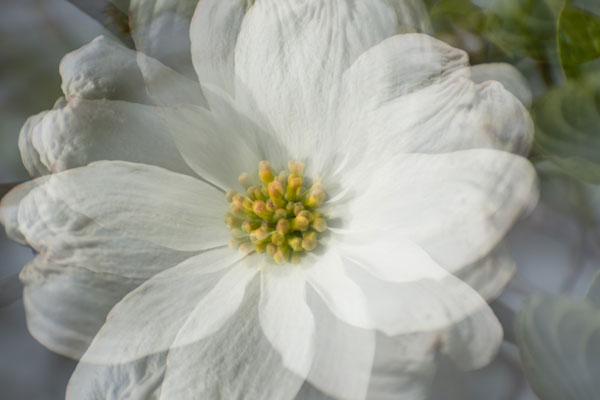
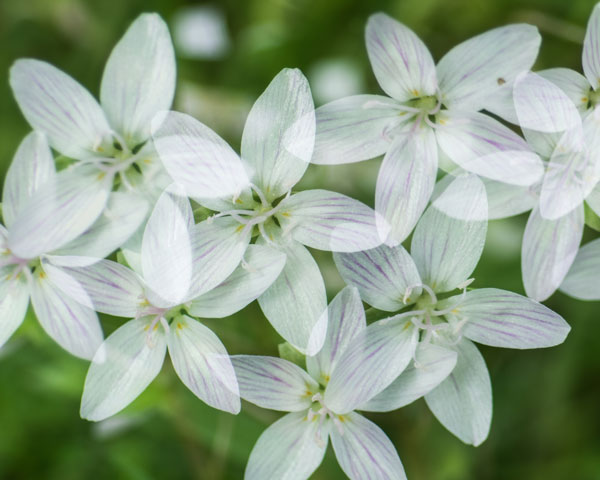
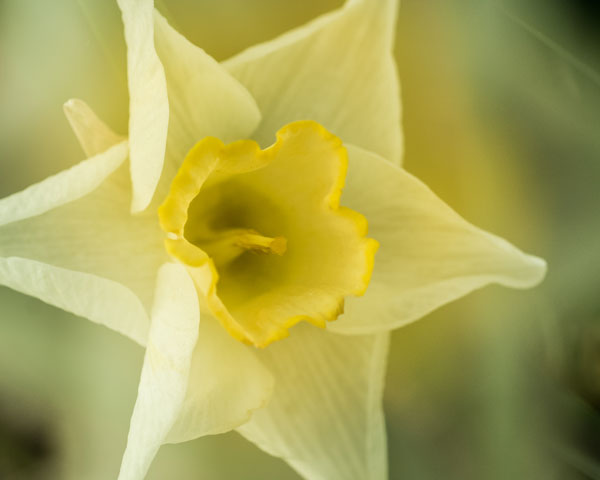
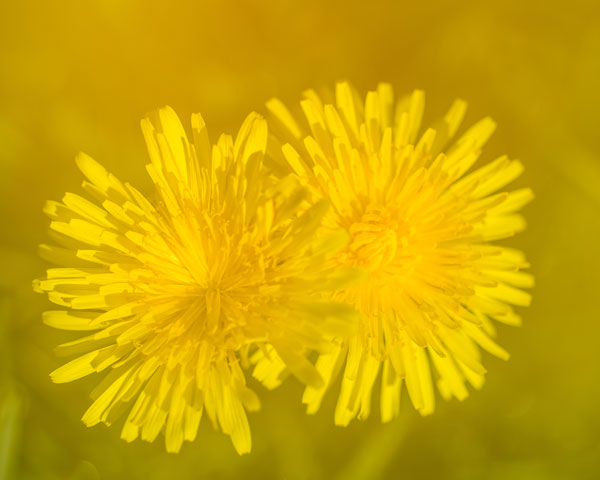


 Extra photos for bloggers: 1, 2, 3
Extra photos for bloggers: 1, 2, 3








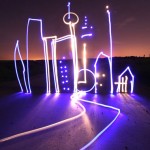
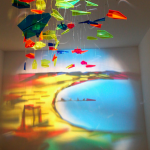
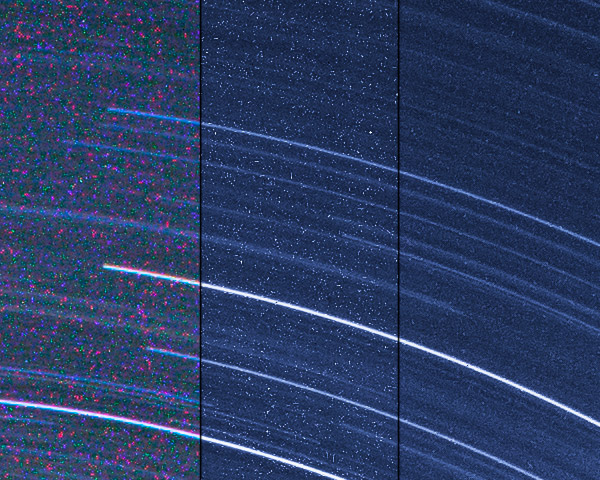
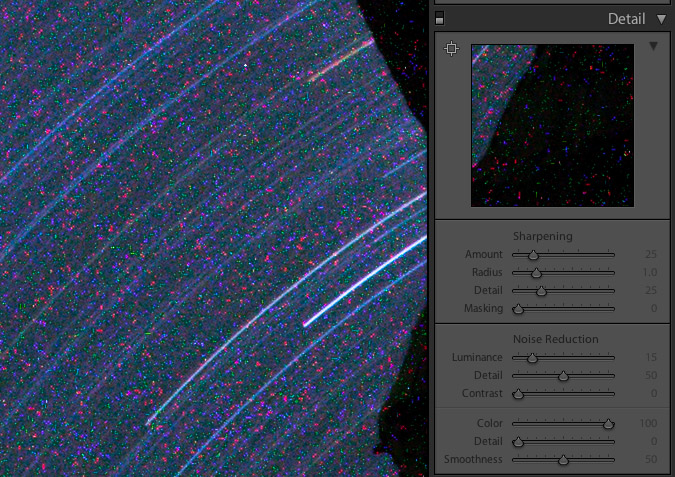
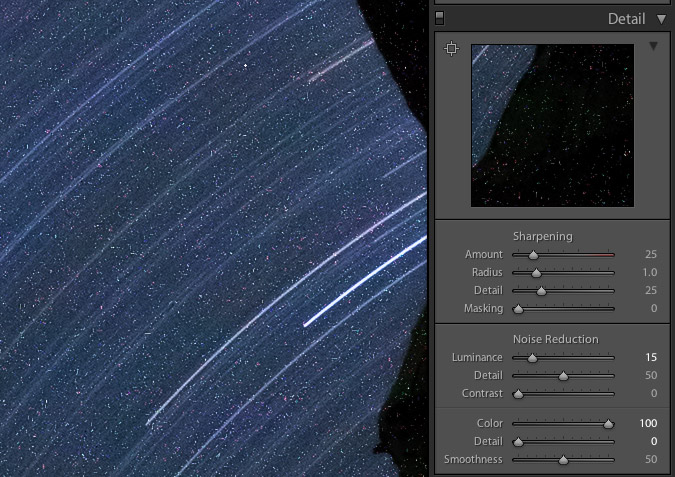
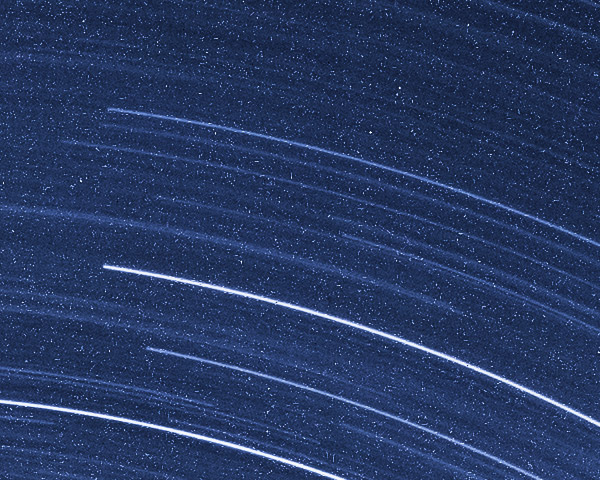
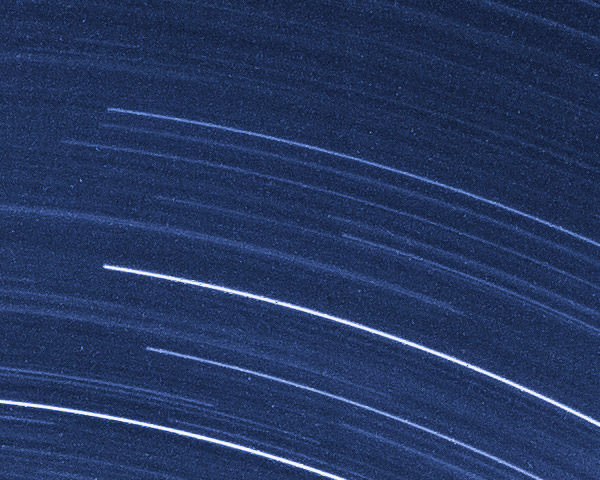
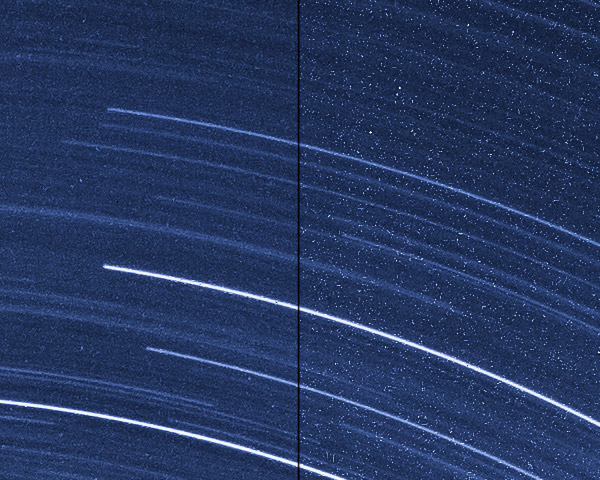
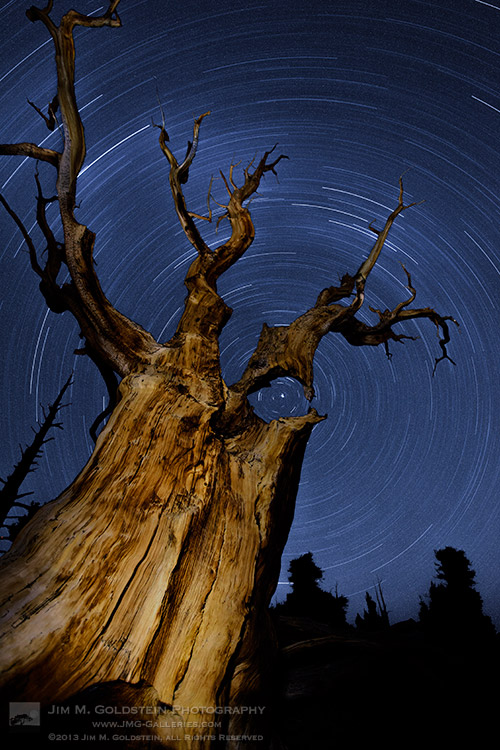
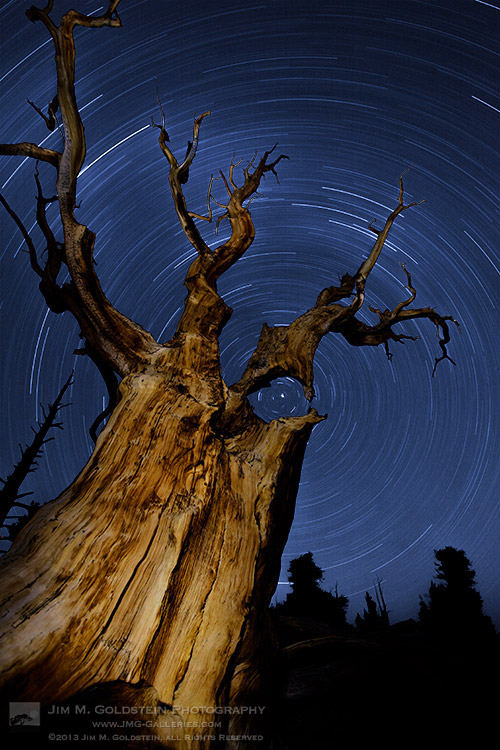

You must be logged in to post a comment.